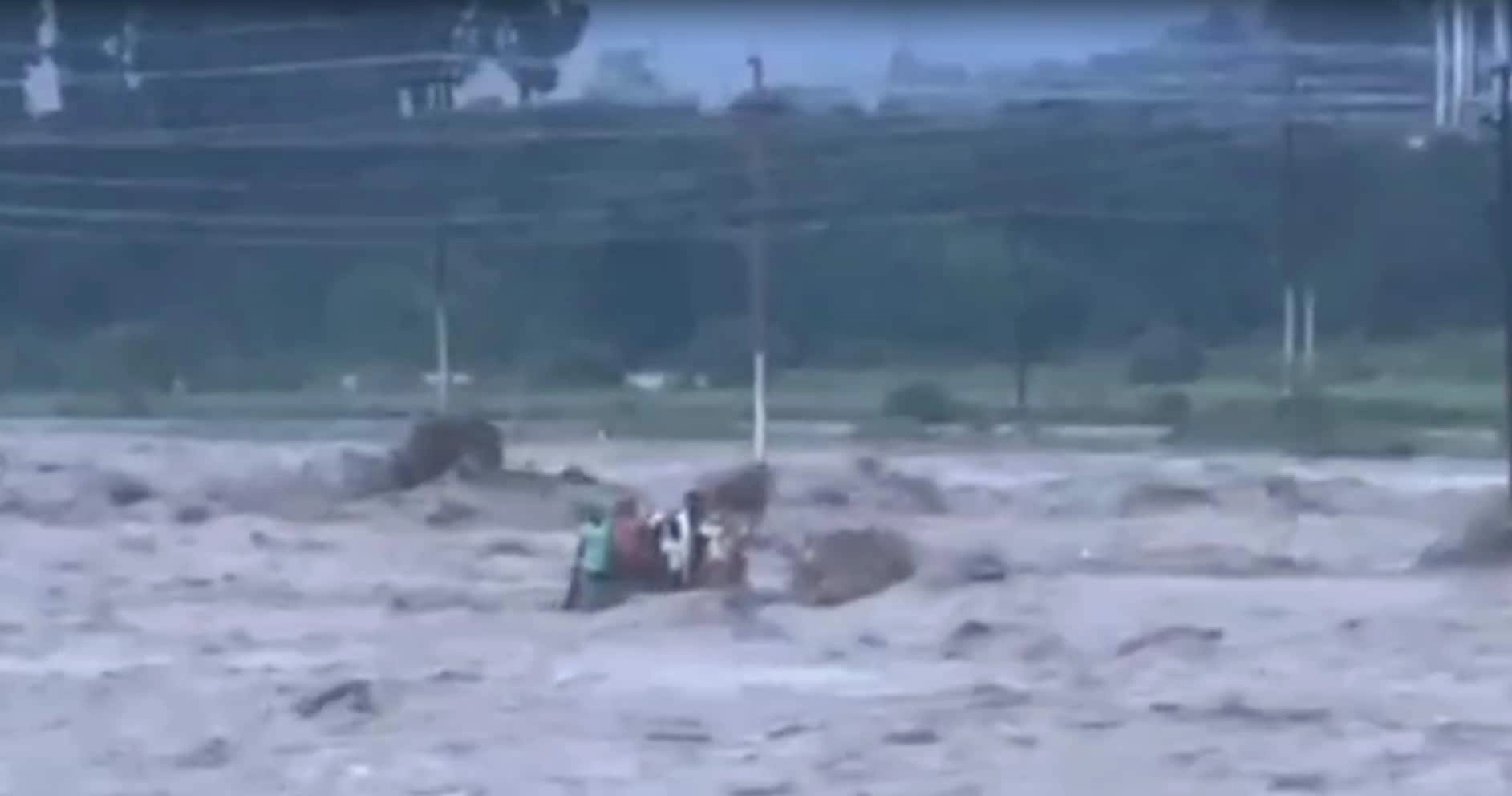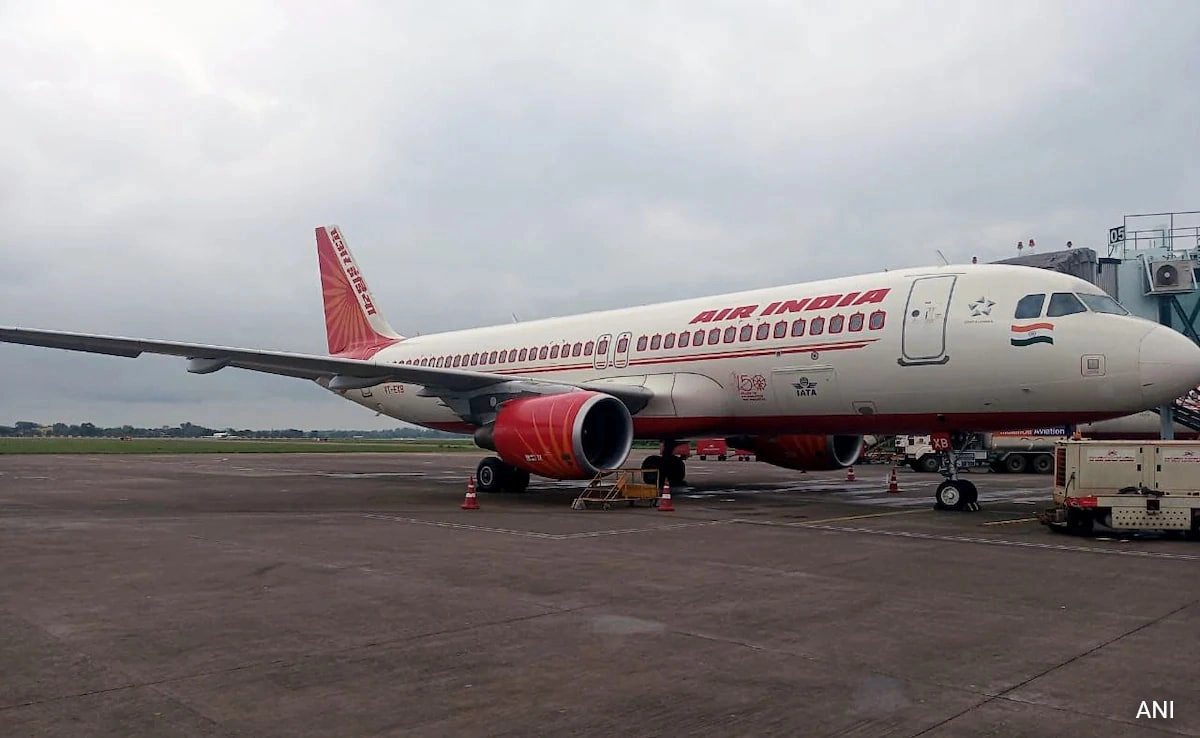A tragic incident unfolded recently as a group of marooned men, who were anxiously waiting for rescue, were swept away by the currents of the Dehradun River. This heartbreaking event highlights the vulnerabilities of individuals caught in natural disasters and the urgent need for timely assistance during such crises. The men, stranded due to rising water levels, were desperately hoping for help, but the situation took a dire turn as they were engulfed by the powerful flow of the river. Eyewitness accounts describe the harrowing scene, where onlookers could only watch in horror as the men were swept away, unable to reach safety.
Rescue operations had been initiated prior to the incident, but the relentless nature of the river’s current complicated efforts to save those in peril. This situation underscores the challenges faced by authorities and rescue teams when dealing with natural calamities. With unpredictable weather patterns being increasingly common, the importance of preparedness and rapid response cannot be overstated. The incident serves as a somber reminder of the potential risks associated with extreme weather events, especially in areas prone to flooding.
The loss of life in such circumstances is not just a statistic; it represents the devastating impact on families and communities. Each individual who perished had a story, dreams, and loved ones who are now grappling with an unimaginable void. As communities come to terms with this tragedy, there is a growing call for improved emergency response systems and infrastructure that can better withstand the forces of nature. Public awareness and education on safety measures during floods and other natural disasters are crucial in mitigating the risks faced by vulnerable populations.
In the wake of this incident, discussions surrounding disaster preparedness and response strategies are more pertinent than ever. Local governments and organizations must collaborate to create robust frameworks that ensure swift action during emergencies. This includes not only rescue efforts but also providing essential information to those living in flood-prone areas. By learning from such heartbreaking events, society can strive to build resilience against the unpredictable nature of our environment and ultimately save lives in future crises.




